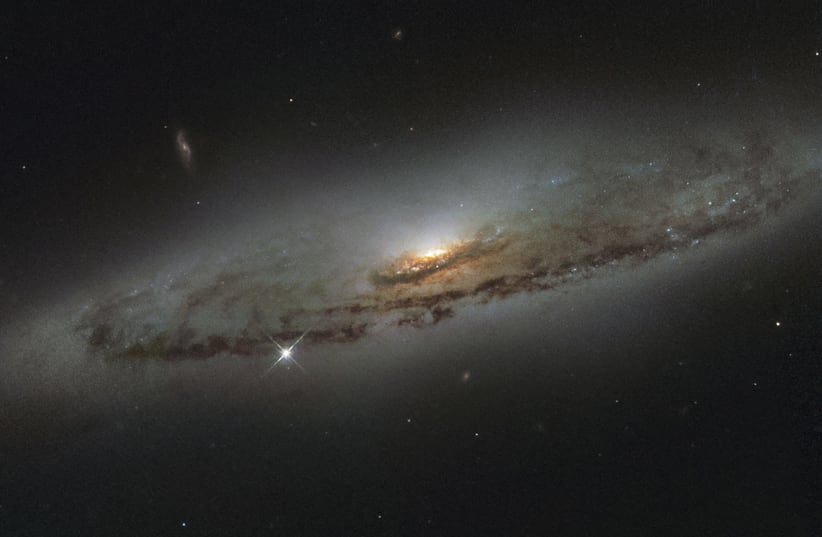New Israeli satellite aims to deepen understanding of the universe
"This unique configuration will help us answer some of the big questions in astrophysics," said ULTRASAT principle investigator Prof. Eli Waxman of the Weizmann Institute, based in Rehovot.
